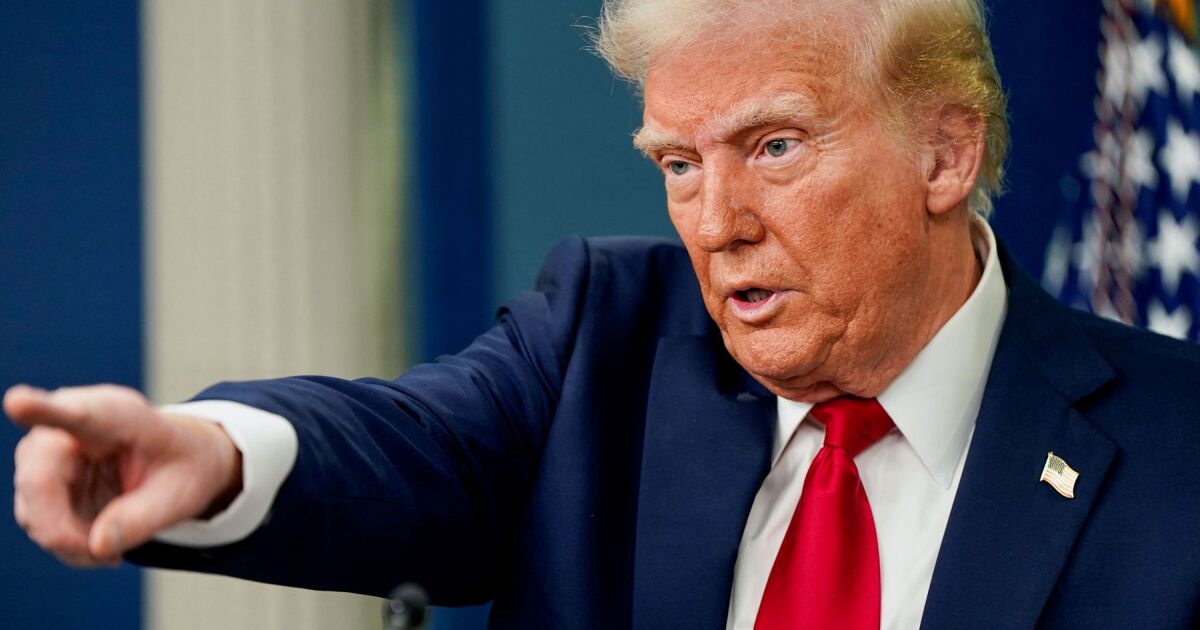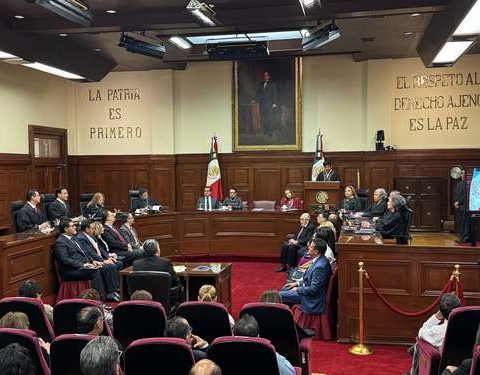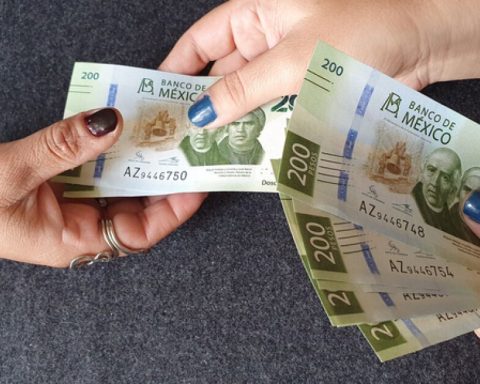Trump justified tariffs for the low action of governments to stop the traffic of fentanyl and the flow of migrants to the United States.
Tariffs occurred in different shades covered under the International Emergency Emergency Powers Law ( IEEPA for its acronym in English), imports from Mexico will have 25% generalized. For Canada the same percentage, but with an exception, energy resources only 10%.
And to imports from China will be applied an additional 10%.
The Republican maintained his 25% promise to Mexico and Canada, but with China it was more moderate compared to the 60% that he originally announced.
Despite the republican’s warning to increase these tariffs in case of reprisals, the governments of these countries did not contain.
Mexico, without details; Canada, blunt
After the announcement of the tariffs by Donald Trump, the response of the governments of Mexico and Canada had different intensity. Although both opted for retaliation measures, Mexico avoided giving details, while Canada established specific amounts and sectors.
“I instruct the Secretary of Economy to implement Plan B that we have been working on, that Includes tariff and non -tariff measures In defense of Mexico’s interests, ”President Claudia Sheinbaum ordered Marcelo Ebrard through her X account.
However, the Ministry of Economy did not specify the affected sectors or if the reprisals would be generalized. Ebrard just express his discontent in social networks:
“The executive order that establishes 25% to our exports to the United States is a flagrant violation of the T-MEC, which we negotiate with President Trump himself and has been the best commercial treaty in recent years. A shot in the foot! ”
Leaving the National Palace. Full support for President Claudia Sheinbaum against the threat of the United States government. Proud of its temperance and firmness, it will lead us to fruition.
Ongoing plan B. To close ranks. We will overcome !!!– Marcelo Ebrard C. (@M_Ebrard)
February 2, 2025
For his part, Prime Minister Justin Trudeau was more forceful. Canada will impose 25% tariffs On American products for a value of 155,000 million dollars, including beer, bourbon, fruits, vegetables, clothing, shoes, furniture and materials such as wood and plastic. In addition, non -tariff restrictions will apply to certain critical minerals produced in Canada, essential for various industries in the United States.
China also rejected tariffs imposed by Trump and announced that it will take the necessary measures to protect its interests, according to a statement from the Ministry of Foreign Trade in Beijing.
“China expects the United States to observe and face their own problems, such as fentanyl, instead of threatening other countries with tariffs.”
Mexico-EU, a 700,000 MDD trade
In Mexico there was hope that tariffs stay alone at a threat. Commerce figures with the United States are not minor, from January to November 2024, commercial exchange added 701,284 million dollars.
Mexico’s exports to the neighboring country are the ones that dominate, with 469,603 million dollars, while what it buys reaches 231,681 million, according to Banxico data.
The alerts of the tariffs were lit for the industries in Mexico that sell more to the United States, as is the case of automotive and auto parts; Electrical and electronic equipment, agri -food, as well as oil and gas.
The Peterson Institute of International Economics (Piee) points out Mexico sends a sixth part of its annual economic production to the United States in the form of exports, and many of these originate in maquiladoras located 50 kilometers from the border, Lo LO That makes Mexico much more vulnerable.
Exports represent approximately 40% of Mexico’s GDP, and around 80% go to the United States.
The impact for Mexico
The BBVA analysis area estimates that Mexico’s GDP falls 1.5%, this if Trump’s tariff measures remain most of the year.
The only effect on the investment could represent 1.8 percentage points less than GDP growth this year, doubling the negative effect that was had in 2019 after the cancellation of the Mexico City airport.
The financial institution adds that a permanent 25% tariff makes it impossible to sustain the T-MEC, that uncertainty will cause additional damage.
“We anticipate an additional impact of up to -1.0 percentage point if employment creation and real wages suffer a great blow due to the increase in uncertainty about the future of the T -MEC.”
With regard to the peso, he anticipates that he initially exceeds 24 pesos per dollar.
The implications for the Mexican economy so far are calculated only with the imposition of tariffs in the United States, but these can be extended once the Mexican government details retaliation measures.
The truth is that tariffs arrived to stay in Trump’s negotiations.
“This tariff will remain in force until drugs, in particular fentanil, and all illegal migrants stop this invasion of our country!” Says the president of the United States.
















